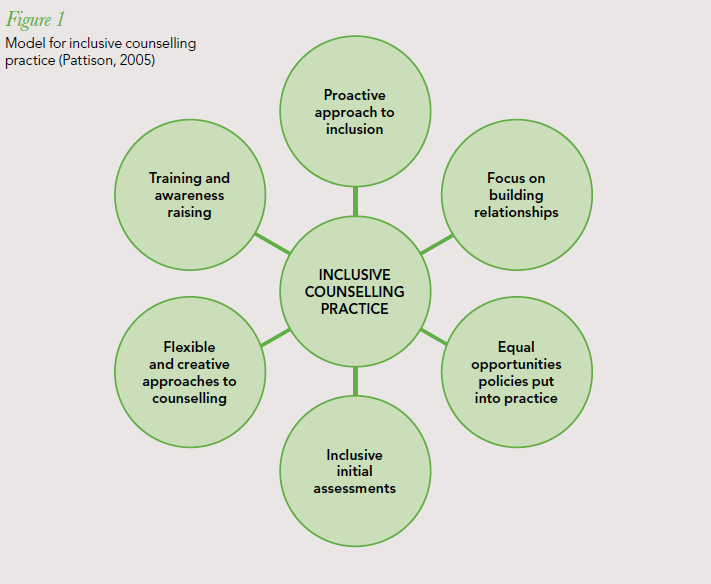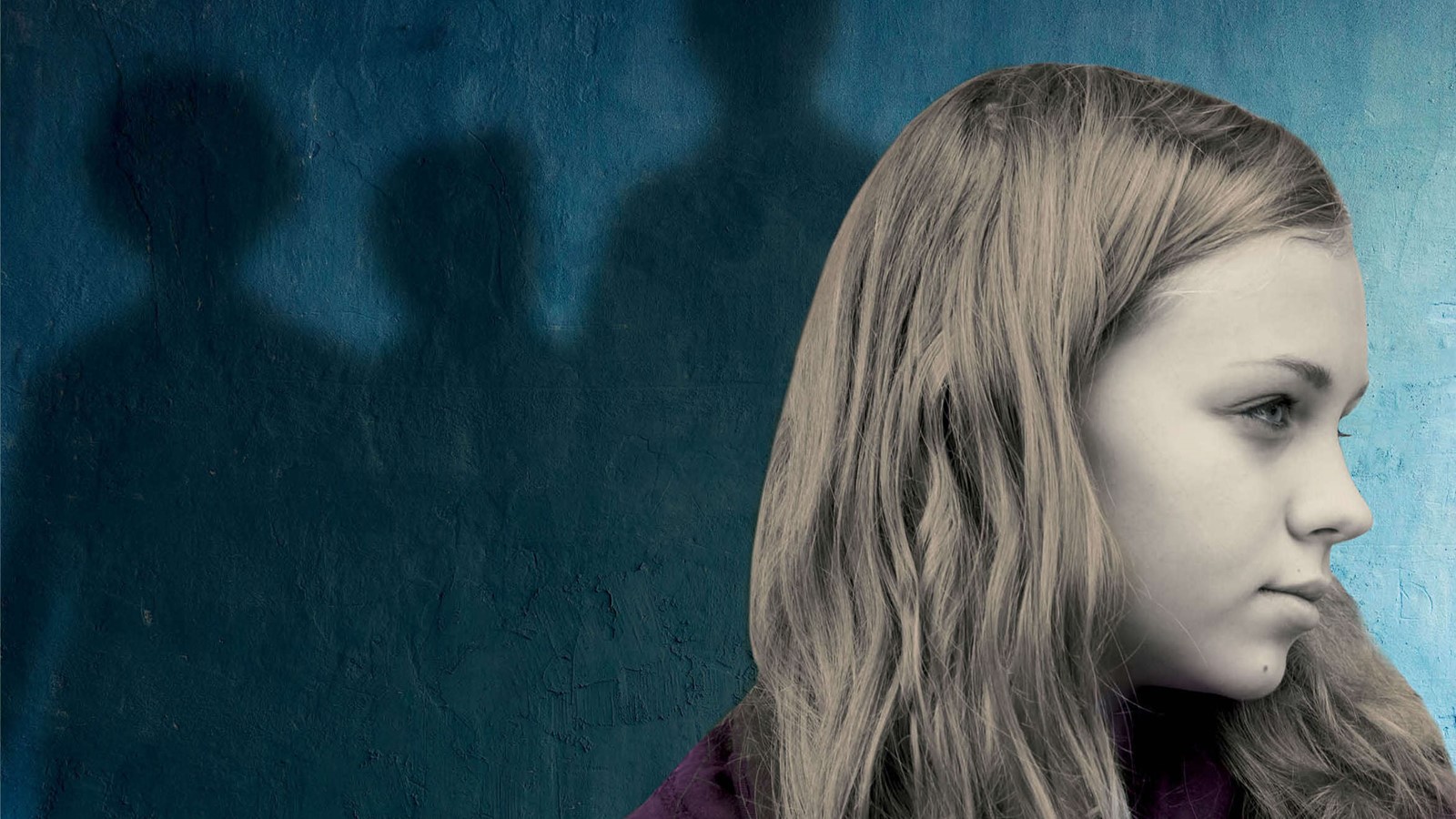Over many years, through several different professional contexts, I have worked with young people who have a range of learning disabilities. This has been my passion, and I’ve been humbled by the learning processes I’ve gone through as a result of my contact with this group of young people. Group is not a very useful word – we talk of client groups, but young people who have learning disabilities are not a homogenous group. There may be little to connect one person to another in a group context. Yet there are connections: the social stigma, discrimination and exclusion experienced by many young people who have a learning disability, and the difficulties in accessing mainstream counselling services. This article aims to help everyone build on and develop their skills to make their practice and processes more inclusive of young people with learning disabilities, and assess how best they can access our service and counselling sessions.
Whether counsellor, psychotherapist or play therapist, we all need to access our own creativity and increase our confidence in counselling this client group. Here, I offer a model for good practice based on research, and hopefully it will motivate practitioners to skill up and get going.
The model is based on including young people (twelve to nineteen) in mainstream counselling services, rather than referring them into specialist units. However, it could also apply to a younger age group and any context – for example, schools, primary care or other mainstream provisions. There are some special provisions for addressing the mental health and wellbeing needs of young people who have a learning disability. But while acknowledging their value, my aim is to make mainstream counselling services for young people more inclusive.
There are several sources for defining learning disabilities. For example, the Diagnostic and Statistical Manual of Mental Disorders Fifth Edition (DSM-5)1 and the International Classification of Diseases (ICD-10).2 Generally the criteria categorise an IQ of fifty to seventy-five as mild learning disabilities, thirty to fifty as moderate to severe, and below thirty as profound. These disabilities relate to cognition and a reduced ability to understand new or complex information; socially, a reduced ability to become independent; and an impairment starting before adulthood, with a lasting effect on development.
Building a model
How do we, as counsellors, include young people with learning disabilities in our practices? Six indicators of inclusive counselling were identified through my research and used to build a model for inclusive counselling practice (see figure one).

If we take a proactive approach, and advertise and promote our services in areas likely to be frequented by young people and their carers, we will reach out to this client group. We need to take a proactive approach to developing rapport and trust with those who can refer clients in, and with those in the client’s personal life. We can also network, discuss referrals with GPs and raise awareness through contact with learning disability sections of social services and health trusts, mental health workers, learning disability charities, special schools and secondary school special educational needs co-ordinators (SENCOs). If we take a proactive approach to referrals by liaising with, for example, teachers and other school staff, the young client who may not be able to self-refer can be referred into the service.
Relationship building is a set of skills that is likely to be well developed in counsellors. Therefore, we can draw on these to offer an open, welcoming, accessible service; such a practice would have to be warm and friendly and overtly welcoming. When we feel stuck or nervous about working with a young person whose cognitive and perhaps language abilities make communication difficult, we simply need to find a way of being with the client. An inclusive practice is one where relationship building is paramount and the client is valued and respected. It’s important to try to meet with the young person in a physical and psychological space where they feel comfortable, and to work on building up the relationship, offering the core conditions.
By taking a flexible and creative approach that includes using simple language, creative and imaginative techniques and non-verbal communication, we will have more success in building that relationship and working in a therapeutic way. It will take time. In the current climate of brief counselling, limited number of sessions and assessment through standardised tests, the young person with a learning disability can fall through the net. Initial assessments are not designed for the individual who has problems with cognitions, but rather designed and tested for a general population – the young person with a learning disability will not find them easy to understand. So the inclusive counsellor needs to have flexibility in their counselling practice, embrace eclecticism and use strategies and techniques that work for this specific unique client, including taking longer to assess and going at the young person’s own pace, even if this is slow. We need to put our organisation’s equal opportunities policies into practice, get some training, raise our awareness and develop more knowledge and skills.
The inclusive initial assessment needs to consider three main issues. First, this is not a homogenous client group, and pre-assumptions cannot be relied on; second, nor can medical diagnosis or IQ. Third, there may be no formal diagnosis. There are also resource management issues. For example, creative strategies and relationship building take time; we may need to access specialist supervision, with the time and financial resources for this. Similarly, liaison with other professionals can be time-consuming. We will need to turn our attention to the systems we work with – for example, goal setting and outcomes/evaluation systems, such as CORE YP.
Is counselling appropriate for all young people who have a learning disability? In considering the appropriateness of therapy for individuals, we need to think about whether the client’s level of communication, ability to process information and their ability to engage in the process is adequate to move forward in counselling. The young person’s level of learning disability impacts on this. However, counselling is potentially possible unless the client has severe learning disabilities with an estimated IQ of less than fifty, though some specialist services use body-signing for communication and therapy.
To conclude, generally, counsellors can increase their levels of inclusivity. My model for inclusive counselling practice can be used as a tool for assessing existing counselling practice and as guidance for counsellors and policy makers, so that they can increase inclusivity of young people with learning disabilities in mainstream counselling.
In the current climate of brief counselling, limited number of sessions and assessment through standardised tests, the young person with a learning disability can fall through the net.
Sue Pattison is an experienced counsellor, psychotherapist and clinical supervisor. She lectures and researches in the field of children and young people’s mental health and wellbeing, designing and running programmes for universities and in the private and charitable sector. She has a long-standing working relationship with BACP as an Executive member of the BACP CYP division and is a lecturer at Newcastle University. Sue works with the BACP competencies to offer training, consultancy and CPD for counsellors of children and young people through her own company and in partnership with others.
References
1 American Psychiatric Association. Diagnostic and statistical manual of mental disorders. Fifth edition (DSM-5). Arlington, VA: American Psychiatric Publishing; 2013.
2 WHO. International classification of diseases (ICD – 10). World Health Organisation; 1992.
Suggested reading
- Pattison S. Beyond the classroom: the inclusion of young people with learning disabilities in UK mainstream counselling services. International Journal of Inclusive Education 2006; 10(6): 547–564.
- Pattison S. Making every child matter: a model for good practice in counselling children and young people with learning disabilities. Pastoral Care in Education 2006; 24(2); 22–28.
- Pattison S. Making a difference for young people with learning disabilities: a model for inclusive counselling practice. Counselling and Psychotherapy Research 2005; 5(2); 120–130.
